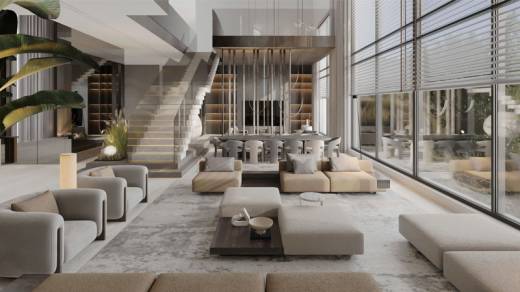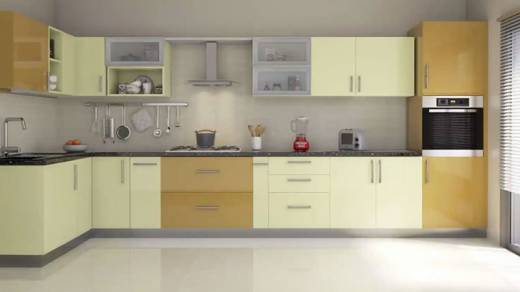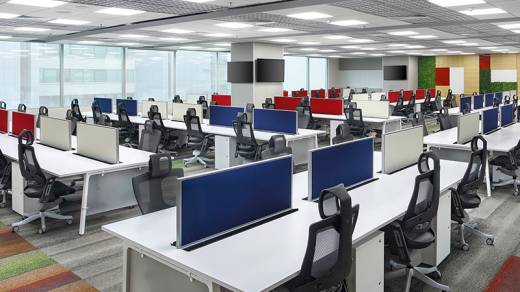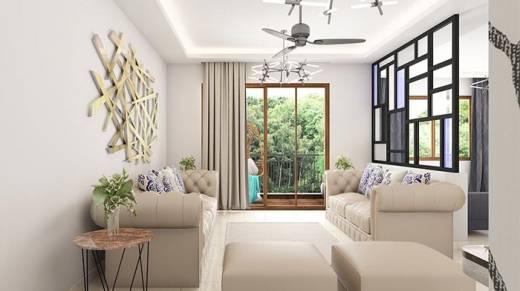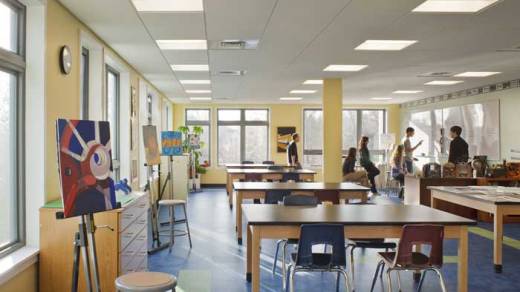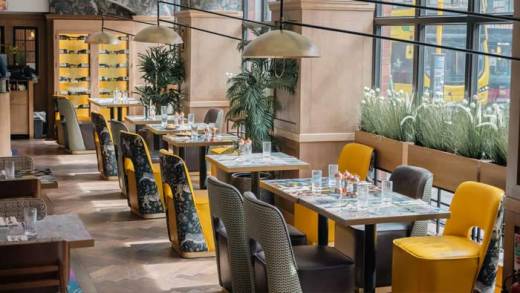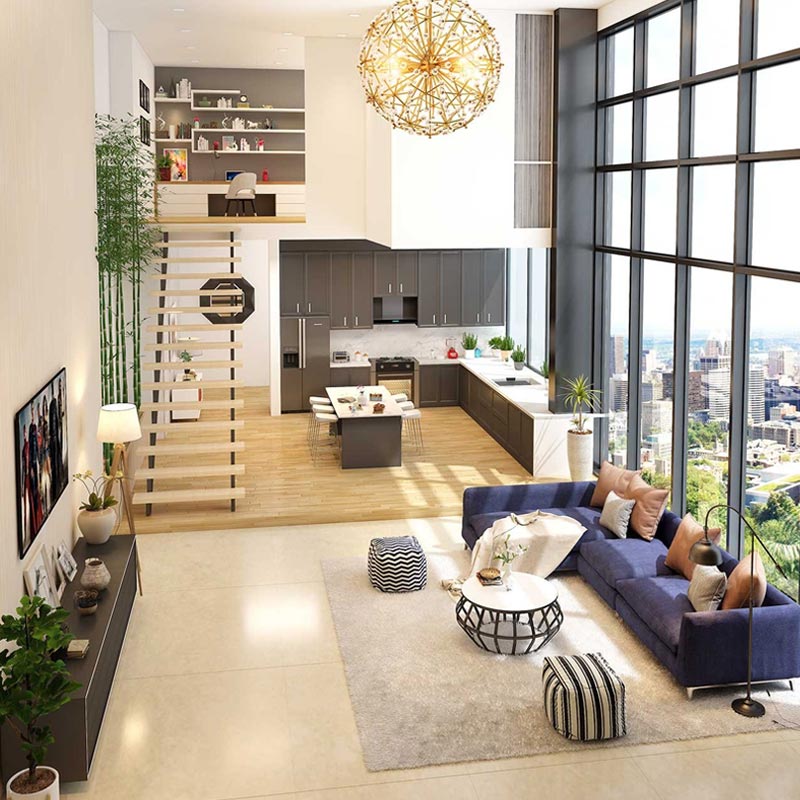Lighting is the most successful element in shaping the feel, function, and impact of a space on its occupants. In salons, lighting is much more than just lighting—influencing customer experience, employee productivity and even brand image, it's everything. The trained Salon Interior Designer in India fully understands lighting value, and offers the know-how of optimally lighting a salon to be not only visually stunning but productive.
Making the Right First Impression
As soon as a client enters a salon, lighting creates ambiance. Soothing, warm lights within the reception set the tone for a homey atmosphere. Designers usually suggest harmony between ambient lighting to light the area and accent lighting to emphasize design such as product displays or decorative walls. Such careful planning allows clients to immediately feel welcome and engaged.
Balancing Functionality and Aesthetics
Salons appreciate light that is both aesthetically pleasing and functional. Zones have varying demands—styling stations require intense task lighting, while shampoo stations are better served by gentle, soothing lights. A competent designer layers light sources deliberately so that the salon is professional-looking yet comfortable and functional.
The Role of Color Temperature
One of the best tips is getting the correct color temperature. Cool white light, for instance, performs best in styling stations since it makes professionals identify actual hair colors and textures. Warmer shades in lounge spaces, however, provide a relaxing atmosphere. A salon designer makes the correct balance so clients don't just appear good but feel good in the space too.
What Salons Can Learn
By applying similar principles, salons can deliver luxurious experiences on par with upmarket hospitality. Consider dramatic chandeliers at entrances or cove lighting to create depth and sophistication. Interestingly, the skills of Hotel Interior Designers in India tend to be directly applicable to salon design. Strategic lighting is used by hotels to create a mood, accentuate architecture, and make visitors feel at home—ideas that are equally relevant in salons.
Accent Lighting for Brand Highlighting
Salons are not simply service areas—they're lifestyle statements. Accent lighting helps to show off high-end products, highlight feature walls, or showcase highlights of the brand. While a designer may suggest using LED strips instead of mirrors, a designer may opt backlit shelving for product display. These subtle but effective strategies can elevate the overall identity of the salon and can positively impact selling products.
Interior Design Services in India: Enlarging Horizons
Their work—ranging from homes to workplaces—demonstrates how lighting can make or destroy a given space. SKF Decor Pvt. Ltd. provides Interior Design Services in India and places great emphasis on being able to adapt lighting for various sectors. With these wider outlooks in mind, salon proprietors can implement versatile lighting arrangements that respond to the various periods of the day, seasons, and moods of clients. Adjustable light fixtures, dimmers and intelligent controls are some of the useful upgrades derived from such services.
Natural Light Incorporation
Another advice that is frequently offered by a designer is to utilize maximum natural light. High windows, glass walls, and skylights provide the space with a light, airy feel that feels refreshing to customers. Natural light also diminishes the need for artificial lighting, thus making the salon environmentally friendly. To avoid harsh sunlight, designers tend to recommend sheer curtains or UV-filtering film, providing comfort without undermining light.
Utilizing Mirrors to Enhance Light
Mirrors are already a common aspect of salon interiors, however, they also play a fundamental role in lighting design. Having lights placed around mirrors allows for enhanced visibility and minimizes shadows on the client's face. Designers usually recommend ring lights or vertical LED lights on either side of mirrors because they provide two-sided lighting that flatters clients while styling or doing makeup.
Energy-Efficient Lighting Solutions
Contemporary salons strive to be eco-friendly without sacrificing style. Efficient LED lighting is a top pick for most designers. Not only do these lights save on electricity bills, but they also offer an assortment of styles and tones. Combining efficiency and creativity makes sure that salons are cost-effective while still being stylish.
Layered Lighting, Flexibility
The career design principle is layers of light- ambient, task, and accent- for any use. Ambient light establishes space and a mood, task light creates detail at workstations and task areas, and accent light adds drama and texture. Layering these 3 types of light allows for more flexible uses of the salon, and the ambiance can change depending on the occasion or treatment.
The Finishing Touch: Lighting for Mood
Lighting is more than just fixtures and bulbs; it's about experiences. A Salon Interior Designer has experience and know-how to take normal spaces and make them extraordinary places. By using hospitality research, tapping into technology, and using ways for sustainable solutions, they make salons shine- literally and figuratively! In a world where we only have one chance to make a first impression, lighting is not a choice.


